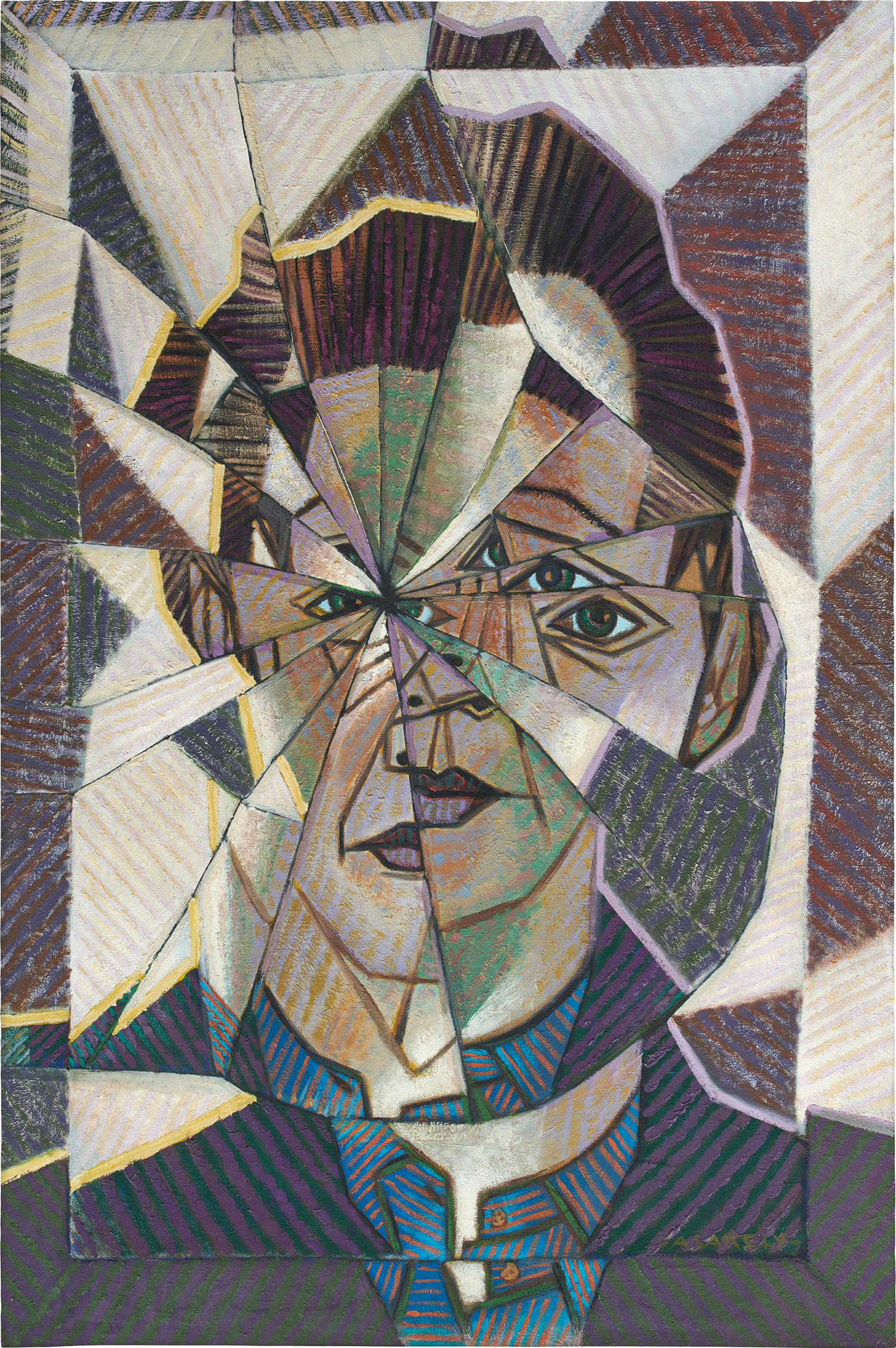

244
Victor Vasarely
Autoportrait
signed 'VASARELY' lower right
oil on canvas
120 x 80 cm (47 1/4 x 31 1/2 in.)
Painted in 1944, this work is accompanied by a certificate of authenticity signed by Pierre Vasarely and dated 5 October 2017.
The authenticity of the present work has been confirmed by Pierre Vasarely, President of the Fondation Vasarely, universal legatee and the moral right holder of Victor Vasarely. This work will be included in the forthcoming Catalogue Raisonné de l’Oeuvre Peint de Victor Vasarely, which is currently being compiled by the Fondation Vasarely, Aix-en-Provence.
The authenticity of the present work has been confirmed by Pierre Vasarely, President of the Fondation Vasarely, universal legatee and the moral right holder of Victor Vasarely. This work will be included in the forthcoming Catalogue Raisonné de l’Oeuvre Peint de Victor Vasarely, which is currently being compiled by the Fondation Vasarely, Aix-en-Provence.